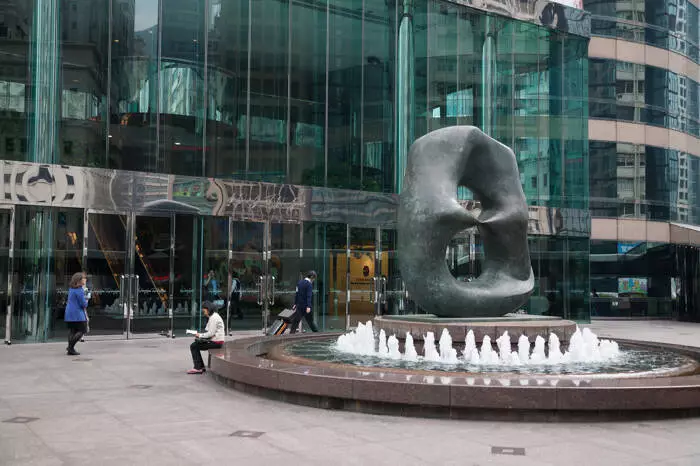On November 12, a surprising development in the economic landscape occurred as the Westpac Consumer Confidence Index experienced a notable increase of 5.3%. This uplift brought the index to a level of 94.6, a significant jump from October’s 89.8. Such a rise was unexpected and offers insights into consumer sentiment that can affect broader economic dynamics. The optimistic outlook among consumers can largely be attributed to easing fears concerning potential interest rate hikes. When consumers feel more secure about their financial futures, it often translates into increased spending, which is a critical driver of economic growth.
Impact of Political Events on Consumer Sentiment
However, this surge in consumer confidence was not without its complexities. Notably, the outcome of the U.S. presidential election, in which Donald Trump secured his victory, sparked a level of anxiety among consumers. This apprehension suggests that while there might be short-term optimism, the long-term view could be murky, especially if consumers foresee instability stemming from political events. This duality of perception highlights how external political factors can shape domestic consumer sentiment, leading to potential retractions in spending following brief periods of optimism.
Consumer Spending and Inflationary Pressures
The uplift in consumer confidence has the potential to catalyze an increase in consumer spending. Stronger consumer spending is often seen as a catalyst for inflationary pressures. If consumers begin to spend more, it could lead to prices rising, causing speculation about monetary policy adjustments. Specifically, the anticipation surrounding the Reserve Bank of Australia’s (RBA) decisions on interest rates may become heightened as the likelihood of a rate cut in December decreases. This interplay between consumer behavior and inflation highlights the significant influence consumer confidence has on economic policy.
Amidst these developments, the economic condition of China also plays a crucial role, particularly concerning the Asian economic landscape. Recently released economic indicators suggest that China’s stimulus measures are yielding some positive outcomes, yet there remains a cloud of uncertainty regarding their long-term effectiveness. These concerns are exacerbated by external factors such as potential tariffs from the United States, which create additional headwinds for both Hong Kong and Mainland China stock markets.
Another factor that has drawn scrutiny is the inadequate nature of domestic stimulus aimed directly at boosting consumer spending. Investors anticipated measures that would invigorate consumer demand, yet the current offerings have left something to be desired. Alicia Garcia Herrero, Chief Economist at Natixis Asia Pacific, poignantly encapsulated this sentiment, expressing skepticism about whether the anticipated announcements would adequately address the fundamental issues within China’s economy.
While the rise in the Westpac Consumer Confidence Index suggests a momentary boost in outlook, the underlying complexities, particularly influenced by politics and global economic conditions, present a mixed bag for future economic performance. The potential for increased consumer spending is indeed promising; however, it must be balanced against prevailing uncertainties. As stakeholders closely monitor these developments, the challenge will be to foster an environment where consumer confidence translates into sustained economic growth.

